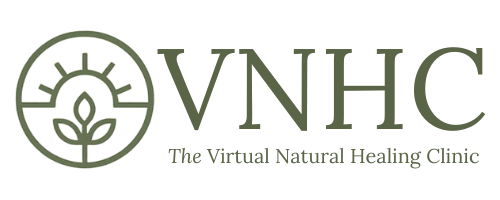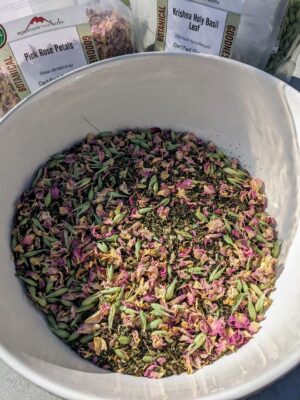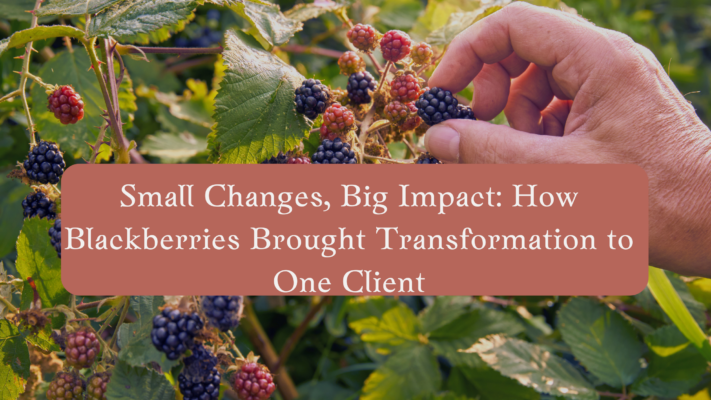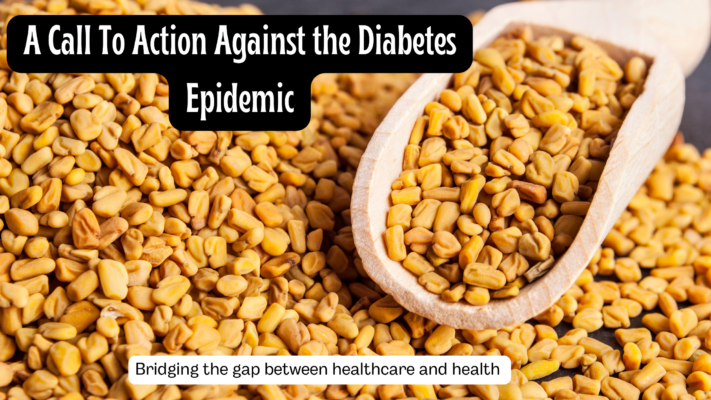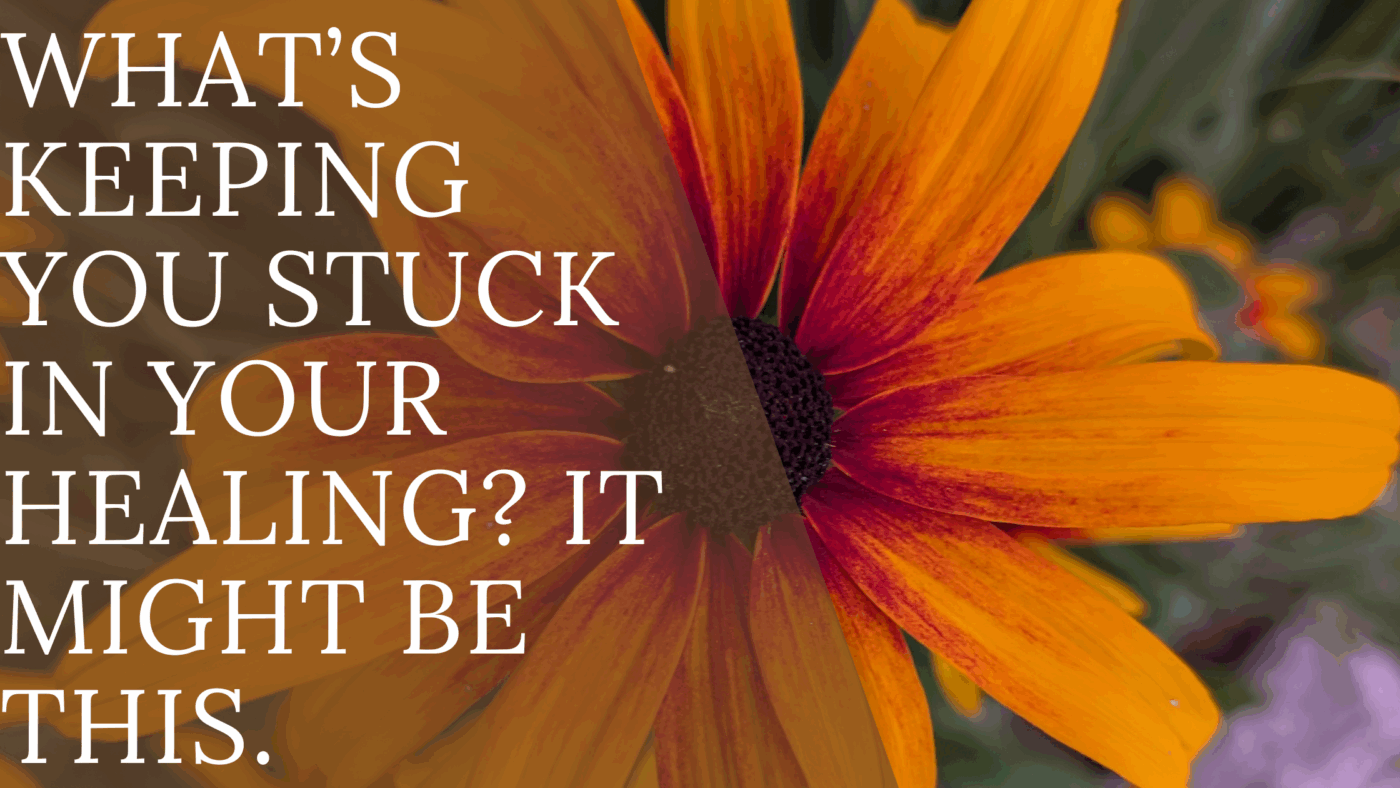
What’s Keeping You Stuck (And How to Move Through It)
What’s Keeping You Stuck (And How to Move Through It)
Are you feeling stuck?
In your health? Your happiness? Your life?
There are two major forces that keep people stuck in patterns that aren’t working—and they’re a lot more common (and sly) than we realize:
It oftentimes boils down to having Attachments & Aversions.
These are the things quietly keeping you doing what you’ve always done… even if it’s no longer serving you on your journey to where you want to go. They’re the reason you resist change, even when part of you is screaming for something different.
The part of you who wants to lose weight but doesn’t want to give up dessert.
The part of you who wants to look younger but doesn’t want to eat their vegetables.
The part of you who wants to overcome the chronic fatigue but isn’t willing to ditch your morning coffee.
The part of you who wants guidance but has an aversion to seeking help.
The part of you who wants to be pain-free but is averse to a daily self-massage with medicated oil.
These attachments and aversions show up all over our lives and come down to one simple question:
What are we willing to give up or change to feel how we want to feel?
Same Patterns = Same Results
We’ve all heard the quote: Keep doing the same thing, you’ll keep getting the same result. We can easily recognize this pattern in others, but have blind spots when it comes to our own predicament.
We become caught operating on autopilot, so entrenched in the grooves we’ve carved out that doing anything different—or even the thought of doing anything different—sends us into a tizzy. We forget that we have to become someone different than who we are right now to get to where we want to go.
Because if it didn’t involve changing, you’d already be there.
Breaking out of what’s comfortable is scary. It feels new and unsafe. Our brain reinforces this viewpoint through unhelpful thought patterns designed to keep us stuck. (Remember: you can’t get eaten by a bear if you don’t leave the cave.)
But leaving the cave, doing it differently, letting go, and being open to what help comes your way is the only path to finding health and finding happiness.
(And I’ll put it on record—sometimes our autopilot is something we don’t realize is detrimental to our health and happiness goals. We don’t have the awareness to see the whole picture, which is where the work I get to do with people becomes so imperative!)
I’ve Been There: Breaking Up With Coffee
I’m a lifelong coffee addict. It’s been my drug of choice since high school. My day didn’t start unless there was coffee. Four shots of espresso over ice (sometimes smothered in whipped cream) was my drink of choice—and there were days I’d drink that multiple times.
When work was peak stressful, I got into a new routine: pour-over for breakfast and six shots of espresso throughout the day (assuming I didn’t find some decaf for a nightcap). All this to say—it was bad.
Coffee was a source of energy, pleasure, and joy. I lived on it. And the thought of giving it up for years was a hell no.
But my health hit a point where I was completely burned out. Late-stage adrenal fatigue, running on empty, being kept alive by fumes—it happened. And I knew the coffee was becoming detrimental. I had to really consider what it would take to feel better (because I was sure done feeling burnt out, fatigued, and like a shell of a person). And when I got really honest with myself, giving up coffee was imperative.
I wanted my period back. I wanted my moods stable. I wanted energy.
If I wanted to actually achieve my health and happiness, the coffee had to go (at least for a while).
Of course, being a lifelong coffee addict, this wasn’t an easy reality to face. My attachment ran deep (another reason worth breaking up with it—it had a hold on me). But I knew staying where I was… was not who or where I wanted to be.
I gave up the coffee for a period, and once I stabilized, I learned I could still enjoy coffee on occasion.
My coffee habits are day-and-night different now, and I wouldn’t change it for the world. Coffee is great—but feeling good is even better.
And when I stopped being on autopilot—having to make and drink morning coffee because it’s what I’ve always done—I could expand into new routines that felt better and set me free.
Aversions—The Other Side of the Coin
The flip side of these attachments are our so-lovely aversions. That attitude that happens when we resist something that could help, just because it’s unfamiliar or uncomfortable.
The thinking we know better, and it’s not going to help us—before we even give it a try.
A perfect example? Sleep masks.
I can’t tell you how many people come in struggling with sleep and don’t want to try a mask because it feels silly or annoying.
And (again, I know from personal experience because) I was one of them!
I used to absolutely roll my eyes at the idea of wearing them. I had this image that sleep masks were for rich wives who laid in bed all day.
But when the need to fix my sleep became undeniably urgent, I became willing to try anything.
Now I literally can’t sleep without mine. I love it. But I had to move through the resistance first—the aversion I had because I thought I already knew.
I see this all the time with clients too. They think it will annoy them or make their sleep worse. But once they give it an honest try, they’re amazed—and it becomes an absolute staple of their nightly routine.
Healing Requires Becoming Someone You Haven’t Been Before
And it requires doing things differently and being open.
Remember: if we keep doing what we’ve always done, we’re going to keep getting the same result.
Here’s the Thing About Healing
It’s not linear. It’s not fixed. It’s not one-size-fits-all.
What works today might not work next season.
What feels good now might need to shift later.
That’s why getting too attached—or too averse—can actually keep you sick, stuck, or spinning.
I’ve been on both sides.
In the past, I had such a rigid idea of what “healthy” eating looked like that I ended up with disordered eating patterns—bulimia, food fear, constant anxiety.
My aversion to certain foods became so intense that it made me sicker, not healthier.
So trust me when I say:
Attachments and aversions are part of the journey—but you can’t let them run the show.
Try This Thought Exercise
I want you to look at your day and notice:
- What are you attached to?
- What are you averse to?
Not just food—but habits, routines, identities.
And then ask:
- What would it feel like to loosen your grip, just a little?
- Could you try something new—not forever, just as an experiment?
- Could you make an argument for something you normally reject?
You don’t have to change everything.
You just have to stay open.
Want to Go Deeper?
If you’re ready to get some insight into your own health patterns—what’s working, what’s not, and what your symptoms might actually be pointing to—I’d love to invite you to take my free Mini Health Assessment.
I review every one personally. It’s a super simple way to start making connections and get clearer on the next steps in your healing.
👉 Take the free assessment here:
https://tally.so/r/n05N1y
And if you want to hear more on this topic, you can watch the full video on YouTube—it’s linked below:
https://www.youtube.com/watch?v=zCgQFkPFXcY
